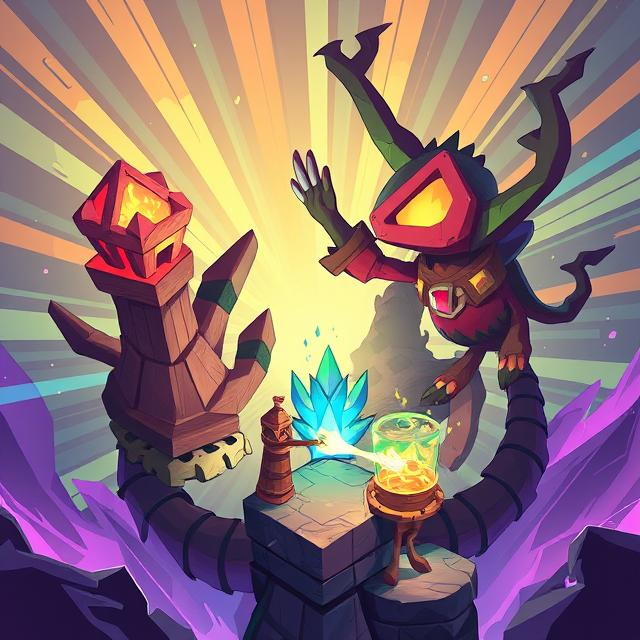Crafting has become a staple in modern games across genres—from survival sims and RPGs to action-adventures. When well-designed, crafting systems give players more than just items—they offer agency, progression, and immersion.
In survival games like Rust or The Forest, crafting is essential. You start with basic tools and slowly build up to shelters, traps, and weapons. The scarcity of resources adds tension, and crafting becomes a core survival mechanic.
In RPGs like The Witcher 3 or Horizon Zero Dawn, crafting connects exploration with combat. You collect herbs, monster parts, or mechanical scraps to enhance gear, brew potions, or craft special arrows. This system encourages players to engage with the environment and rewards curiosity.
Then there are games like Minecraft or Terraria, where crafting becomes the primary gameplay loop. Here, the system isn’t just functional—it’s creative. Players build not just items, but entire worlds, machines, and economies.
Well-designed crafting systems:
- Scale with progression (from sticks to swords)
- Offer meaningful decisions (what to upgrade first?)
- Integrate into the game world (lore-based recipes, rare resources)
- Avoid excessive grinding or clutter
Poorly implemented systems, on the other hand, feel like chores—menu-heavy, bloated, or disconnected from the core experience.
Crafting at its best transforms the player into an active participant in the world. You don’t just find power—you make it.

Leave a Reply